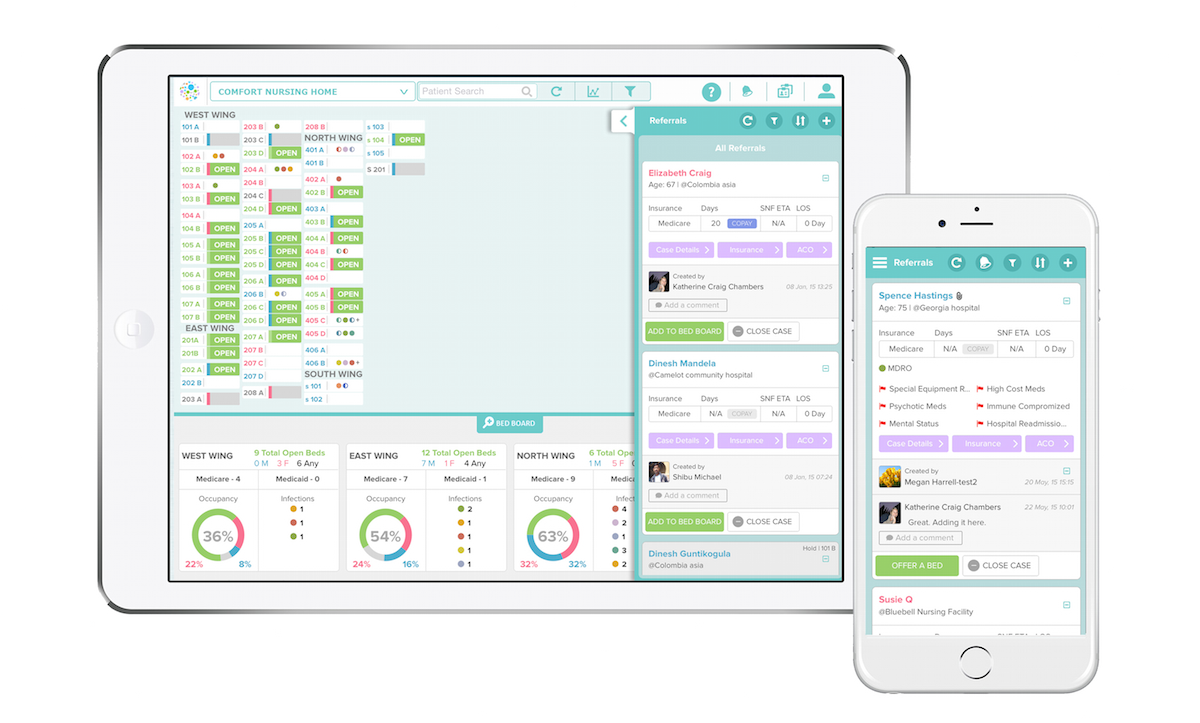A New App Lets Doctors Track Available Nursing Home Beds

The Right Place photo provided to bostonmagazine.com.
Too often, older hospital patients are forced to wait around for days post-treatment, hoping for a freed-up bed in a nursing home.
The Right Place is a new application aiming to streamline that imperfect process. The brainchild of Alan Abrams, a medical officer at Beth Israel Deaconess Medical Center (BIDMC), the app serves up a real-time, iPad-based “BedBoard” to show exactly when and where inpatients can be placed. That way, nursing facilities and liaisons will be able to offer beds as soon as they’re available, slashing red tape and speeding up rehabilitation. The program also allows medical personnel to instantly check a patient’s Medicare eligibility and rates of readmission, as well as any special programs a facility might offer.
Rehabilitation beds are currently allotted largely based on luck; hospitals often keep track of them using a whiteboard, offering little insight into timing, likelihood of patient dispatch, or cost. With 24 percent of treated patients ending up right back in the hospital, according to the app’s website, it was time to take a hard look at the pitfalls of this process.
“What if patients are not being placed in the right facility when they are discharged from a hospital and we could help shift that,” Abrams writes on the site, “while getting patients out of hospitals quicker, filling empty beds at skilled nursing facilities (SNFs) with the right patient mix, lowering readmissions rates to hospitals, and engaging patients in decision making of their post-acute care options?”
The Right Place, which is still in development, is currently geared toward skilled nursing facilities (SNFs), with visions to expand down the road. Cofounder and CEO Katherine Chambers said in a statement that beta users have already given the system rave reviews:
“Armed with all of the data they need at their fingertips and streamlined communications, SNFs have more time to spend providing the highest level of care to both incoming and current patients,” she said.


